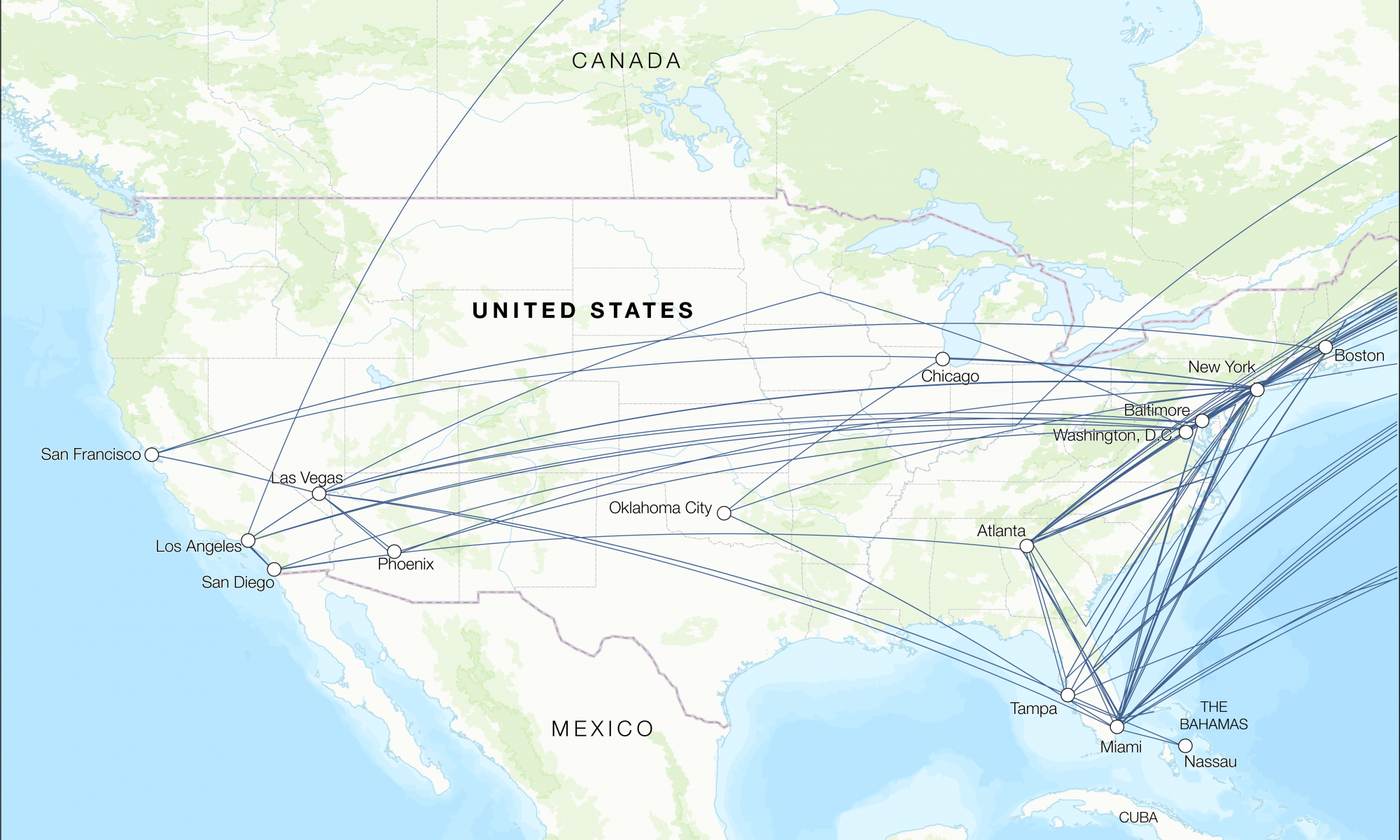In a new paper published in The Professional Geographer this week, we model the geography of the 9/11 network members’ many travels from the moment the hijackers first boarded a plane to the United States until they killed 2,977 people on 11 September 2001.
Building on publicly available sources, and for the first time in the literature, we address the spatiality of the terrorist network through two related concepts.
First, we focus on colocation and show that the scale and sophistication of the 9/11 attacks did not require copresence to be successful. Individuals from a cell did not spend most of their time together.
We then focus on co-destination and find that the need for coordination required that the 9/11 hijackers followed the same itineraries between cities. In other words, the travel geography of the four Al Qaeda cells responsible for the attacks closely mirrors the network’s cell-based social structure.
Then as now, the case of the 9/11 attacks suggests that spatializing social networks is an important window to understanding the emergence of terrorist networks and disrupting their patterns.
By Olivier Walther. 5/17/2023.
